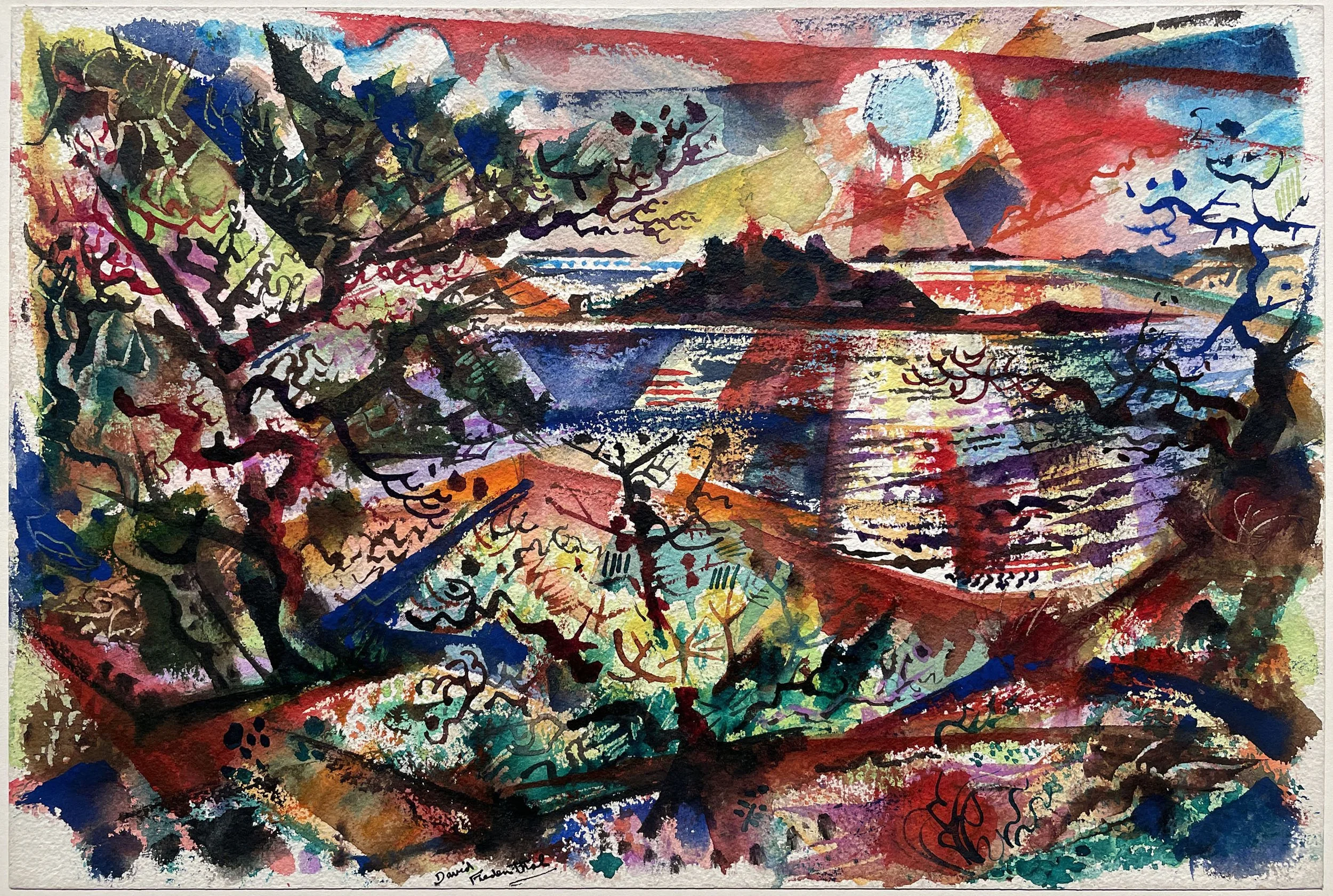DAVID FREDENTHAL (1914-1958)
Available Work | Biography
Biography • David Fredenthal (1914-1958)
Raised in a Detroit tenement David Fredenthal left home at 14, yet completed high school by 15. While at Cass Technical High School, a teacher identified Fredenthal’s talent as an artist and convinced him to take his gift seriously. At 19 Fredenthal had a group of drawings shown at the Detroit Institute of Arts. In 1935 while working on the Ford assembly line, Fredenthal received a $500 Museum of Modern Art Fellowship to travel to Europe, which he used to study frescos in Italy. He then received a three year fellowship through Zoltan Sepeshy to study at the Cranbrook Academy of Art, where he focused on murals with Boardman Robinson. Fredenthal had his first solo exhibition at the prestigious Downtown Gallery in 1937, which continued to represent Fredenthal through the 1940s. His first major commission came in 1938 with a five panel mural commission for the Naval Armory in Detroit, depicting sailors on the high seas. Fredenthal also received a commission for three panels in the courtyard of the Heinz Building at the New York World’s Fair. That year he also won a Guggenheim Fellowship which enabled him to work in Colorado and gain the commission for Erskine Caldwell’s deluxe edition of Tobacco Road. Fredenthal spent two months sketching in Georgia for the commission, studying the poverty-stricken sharecroppers similar to the Lester family in the novel.
With America’s entry into the war, Fredenthal was commissioned by the government to paint war production activity in the Eastern defense plants. He became a member of the War Art Unit and was sent to the South Pacific, where he was attached to General MacArthur’s command. When the War Art Unit dissolved, Life asked Fredenthal to be an artist war correspondent for them.
Fredenthal was represented by Milch Galleries in the 1950s and his estate was represented by Kennedy Galleries.



